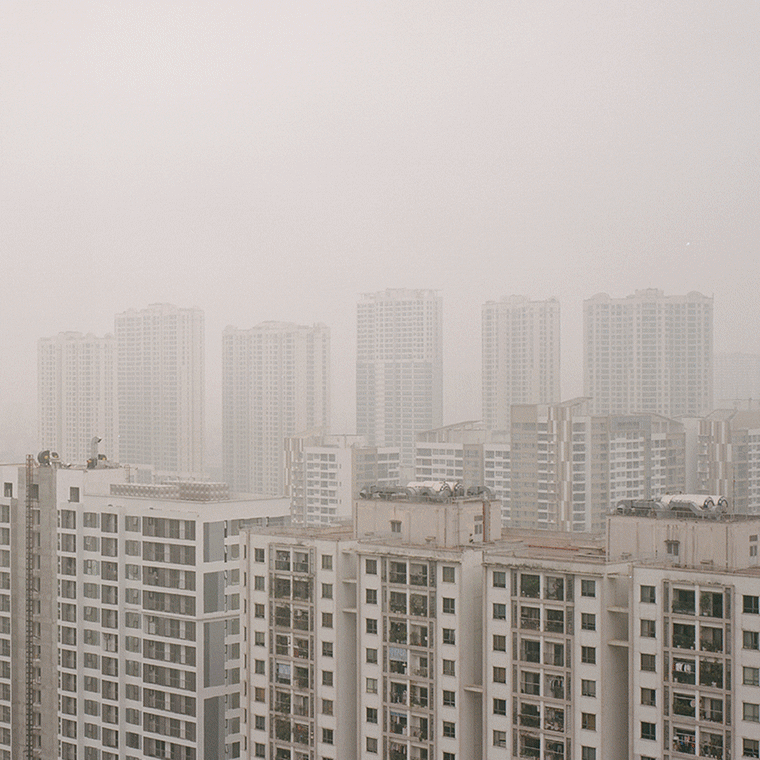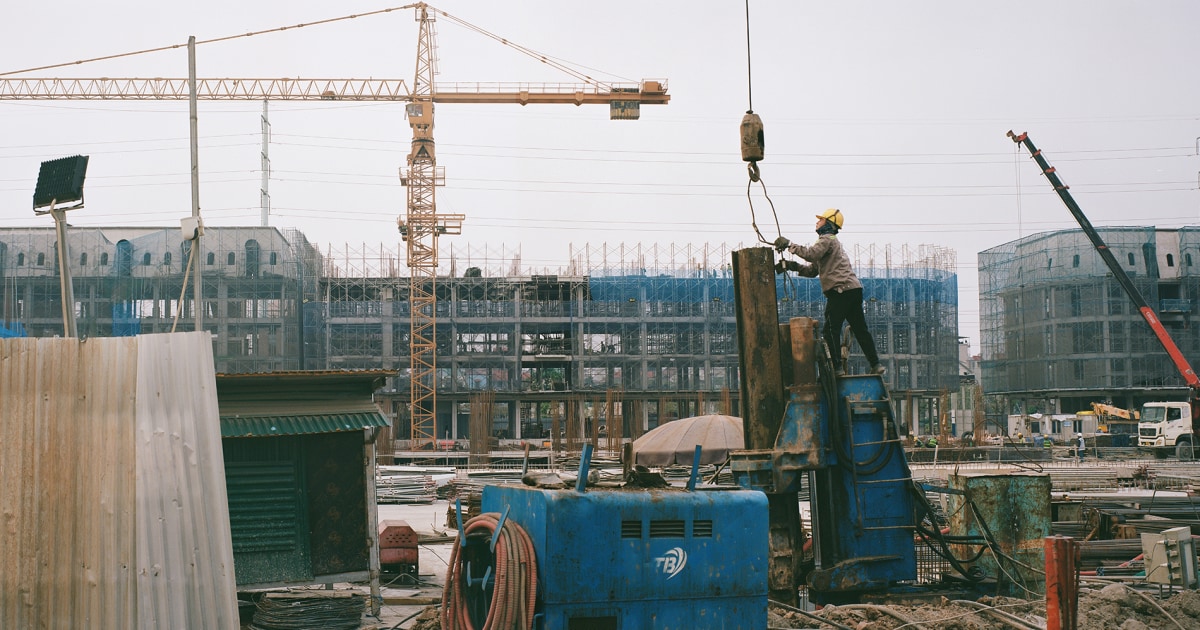In Hanoi, the earth’s most polluted city, the air is concrete – NBC News

Report on Air Pollution in Hanoi and Sustainable Development Efforts

Current Air Quality Situation in Hanoi
Nguyen Thi Kim Oanh, director of the Air Quality Nexus Center at the Asian Institute of Technology in Thailand, has highlighted that the high levels of pollution in Hanoi cause substantial short- and long-term effects on public health and the environment.
Meteorological conditions during winter hinder the dilution of local emissions, exacerbating pollution levels. Additionally, monsoon winds bring increased pollution from neighboring countries, further deteriorating air quality. However, during other seasons, Hanoi’s air quality is comparable to that of other major cities.
Vietnam’s Policy Measures and Sustainable Development Goals (SDGs)
Vietnam has implemented several reforms aligned with the Sustainable Development Goals, particularly:
- SDG 3: Good Health and Well-being – by aiming to reduce air pollution and its health impacts.
- SDG 7: Affordable and Clean Energy – through the adoption of stricter vehicle emissions standards and the commitment that 50% of buses and taxis will be electric by 2030.
- SDG 11: Sustainable Cities and Communities – by improving monitoring of infrastructure-based pollution and promoting cleaner household fuels and better waste management.
- SDG 13: Climate Action – as a signatory to the Paris Agreement, Vietnam pledges to reach net-zero carbon emissions by 2050 by reducing coal reliance and enhancing energy efficiency in industries such as cement production.
Challenges in Implementation
Despite these policy initiatives, significant challenges remain in bridging the gap between policy and reality:
- Development continues to outpace regulation enforcement.
- Environmental protections are often secondary to economic priorities.
- Cement kilns continue to burn coal, contributing to air pollution.
- Construction activities release dust into densely populated neighborhoods.
- Urban expansion and rising skylines increase environmental pressures.
Conclusion
Addressing Hanoi’s air pollution requires stronger integration of Sustainable Development Goals into practical policy enforcement and urban planning. Continued commitment to SDGs such as clean energy, sustainable cities, and climate action is essential to improve air quality and public health in Hanoi.
1. Sustainable Development Goals (SDGs) Addressed or Connected
- SDG 3: Good Health and Well-being – The article discusses the health impacts of high pollution levels in Hanoi.
- SDG 7: Affordable and Clean Energy – Vietnam’s commitment to electric buses and taxis, and improving energy efficiency.
- SDG 11: Sustainable Cities and Communities – Issues related to urban pollution, construction dust, and city air quality.
- SDG 12: Responsible Consumption and Production – Waste management and cleaner household fuels are mentioned.
- SDG 13: Climate Action – Vietnam’s commitment to the Paris Agreement and net-zero carbon emissions.
- SDG 9: Industry, Innovation and Infrastructure – Improving energy efficiency in industry including cement production.
2. Specific Targets Under Those SDGs Identified
- SDG 3
- Target 3.9: Reduce the number of deaths and illnesses from hazardous chemicals and air, water and soil pollution and contamination.
- SDG 7
- Target 7.2: Increase substantially the share of renewable energy in the global energy mix.
- Target 7.3: Double the global rate of improvement in energy efficiency.
- SDG 11
- Target 11.6: Reduce the adverse per capita environmental impact of cities, including air quality and waste management.
- SDG 12
- Target 12.4: Achieve the environmentally sound management of chemicals and all wastes throughout their life cycle.
- SDG 13
- Target 13.2: Integrate climate change measures into national policies, strategies and planning.
- SDG 9
- Target 9.4: Upgrade infrastructure and retrofit industries to make them sustainable, with increased resource-use efficiency and greater adoption of clean and environmentally sound technologies.
3. Indicators Mentioned or Implied to Measure Progress
- Air Quality Levels – Monitoring of pollution levels in Hanoi and comparison with other cities indicates use of air quality index or particulate matter concentration as indicators.
- Percentage of Electric Vehicles – The pledge that 50% of buses and taxis will be electric by 2030 implies tracking the proportion of electric vehicles in public transport fleets.
- Carbon Emissions – Commitment to net-zero carbon emissions by 2050 implies measuring national greenhouse gas emissions.
- Energy Efficiency Metrics – Improvement in energy efficiency in industry, including cement production, suggests use of energy consumption per unit of output as an indicator.
- Waste Management Effectiveness – National campaigns encouraging better waste management imply indicators related to waste collection, recycling rates, or reduction in open burning.
4. Table: SDGs, Targets and Indicators
| SDGs | Targets | Indicators |
|---|---|---|
| SDG 3: Good Health and Well-being | 3.9: Reduce deaths and illnesses from pollution and contamination | Air quality index; incidence of pollution-related diseases |
| SDG 7: Affordable and Clean Energy | 7.2: Increase renewable energy share 7.3: Improve energy efficiency |
Percentage of electric buses and taxis; energy consumption per unit output |
| SDG 11: Sustainable Cities and Communities | 11.6: Reduce environmental impact of cities | Air pollution levels; waste management effectiveness |
| SDG 12: Responsible Consumption and Production | 12.4: Environmentally sound management of chemicals and waste | Waste collection and recycling rates; reduction in use of polluting fuels |
| SDG 13: Climate Action | 13.2: Integrate climate change measures into policies | National greenhouse gas emissions; progress towards net-zero carbon |
| SDG 9: Industry, Innovation and Infrastructure | 9.4: Upgrade infrastructure and retrofit industries for sustainability | Energy efficiency in cement production; adoption of clean technologies |
Source: nbcnews.com








